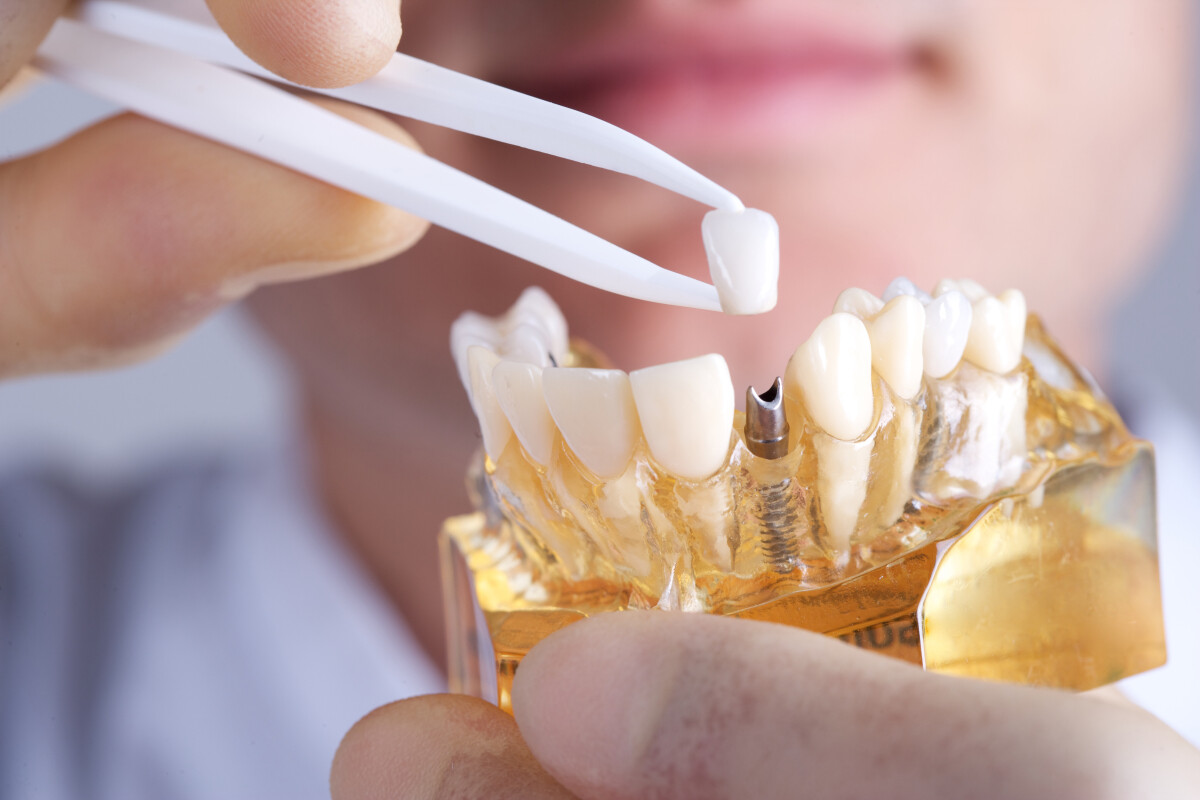Dental implant repairs have already helped millions of people who have lost teeth. Thanks to its assistance, people could enjoy their favorite foods again and feel less self-conscious while showing off their teeth.
Although dentures can do the same thing, specific elements make dental implants in Airdrie unique. For one thing, titanium implant posts are used to restore lost tooth roots while also acting as anchors to keep prostheses securely in place.
The first dental implant was placed in a person’s jaw in 1965, but did you know this method was used as far back as 4,000 years ago? Discover the origins of today’s most popular dental restoration! Read on for a brief history of dental implants prepared by Airdrie Choice Dental.
Ancient Dental Innovations: The Origins of Tooth Replacement
The inception of dental implants can be traced back to Dr. P. Brnemark’s pioneering work. The discovery of osseointegration revolutionized the field of dentistry and brought hope to many people who had lost teeth due to injury or disease. Brnemark’s first patient had significant jaw abnormalities, misplaced teeth, and missing teeth from birth.
He implanted four implants into the mandible in 1965. The implants had merged with the bone after six months and would remain in place for an amazing 40 years. Brnemark discovered osseointegration by chance while examining blood flow in rabbit femurs by implanting titanium chambers in their bones.
Dr. Brnemark unveiled a two-stage threaded titanium root-form implant in 1978, which changed the profession of dentistry after years of research and experimenting. This ground-breaking approach enabled the permanent and stable replacement of lost teeth, paving the way for advanced dental implants near you.
Pioneering Advancements: Dental Implants in the Modern Era
In the modern period, dental implants have experienced a number of significant breakthroughs, such as:
- Immediate Loading: Patients are usually given a temporary crown or bridge immediately after implant placement, which reduces downtime and improves aesthetics as they heal.
- Shorter Healing and Recovery Times: Technological and material advances have led to shorter healing and recovery times, allowing patients to resume normal activities sooner.
- Computer-Guided Surgery: Computer-guided surgery improves precision by utilizing 3D images and digital planning to ensure accurate implant placement.
- Individualization: Implants can be tailored to the needs of individual patients, with materials like zirconia giving improved aesthetics and biocompatibility.
- Biotechnology: Research into biodegradable implants and tissue engineering could improve implantology, potentially reducing long-term repercussions.
As a result of these advancements, dental implants have become more efficient, aesthetically pleasing, and accessible to patients.
Beyond Titanium: Alternative Materials for Dental Implants
Alternatives to titanium for dental implants include:
- Polymer-based implants (e.g. PEEK)
- Zirconia
- Ceramic-based implants
- Biodegradable materials
- Composite materials
- Ceramic coatings
Numerous benefits exist for these materials, such as improved aesthetics, reduced risk of allergies, and the potential for biodegradability. However, a long-term clinical study is ongoing to evaluate their effectiveness and safety. Patients should see a dentist in Airdrie to determine which implant material is best.
Implant Dentistry Techniques: The Evolution of Implant Placement
Precision and success rates for dental implant placement have grown thanks to techniques, materials, and technological developments. Modern techniques often allow for faster loading and recovery than traditional procedures, which typically involve two phases and prolonged healing times.
Additionally, 3D imaging and computer-guided surgery have improved the precision and predictability of implant placement. These developments have made dental implants a more practical and effective tooth replacement option – ask any dentist near you, and they won’t deny it.
The Future of Dental Implants: Innovations and Prospects
The future of dental implants appears hopeful, with current breakthroughs such as 3D printing, nanotechnology, and tissue engineering intending to improve implant success, shorten the healing period, and enhance the overall dental experience.
Set Up a Consultation with Our Team Today
Every year, millions of osseointegrated dental implants are implanted around the world. It has a success rate of over 95%, a significant improvement over five years ago. Risks and consequences have been significantly reduced. As we move forward, the success rate will continue to rise, technology will make it more accessible to those who were previously ineligible for the procedure, and the surgery will be faster, less painful, and have a shorter recovery time.
At Airdrie Choice Dental, we strive to provide professional dental implants to patients who really need them. Contact us if you want to know more information!

